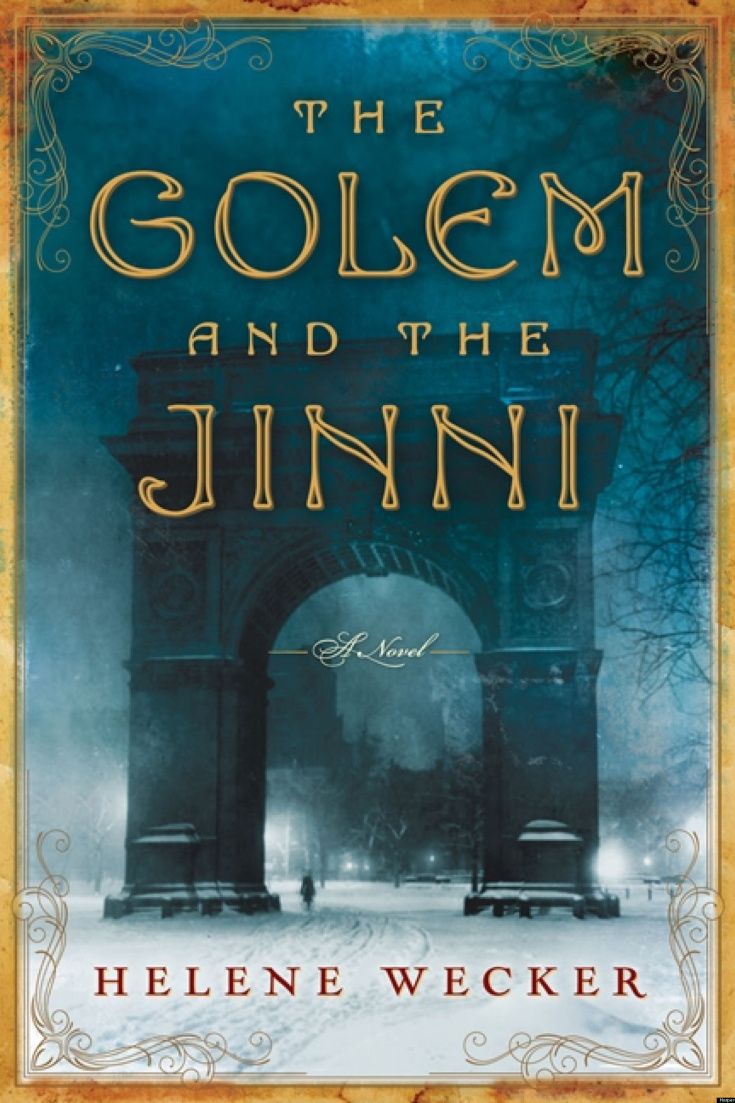

The Golem and the Jinni, much like their immigrant neighbors and benefactors, must navigate many of the same struggles, whether they be cultural, linguistic, or moral. I thought it was clever how the story centered on the immigrant experience in the United States.Their vast differences create a very interesting relationship dynamic– one of those unlikely friendships that springs up from one commonality. Now take Ahmad, who is centuries old and hedonistic, with little thought to the consequences of his actions, and who feels trapped/technically is trapped in his human form. Chava is newborn and very cautious, with a strong sense of morality and consequences she wants very much to fit in and make a life for herself among humans. I liked the contrast between the Golem and the Jinni.This story is basically about how they each adjust to their new lives, reflecting the experience of the respective immigrant communities they become a part of. Neither one is in New York by choice– the Golem was to accompany her master, while the Jinni hopes to escape his human form and return to the Syrian desert. With no memory as to how he was captured, and an unbreakable band of iron around his wrist, Ahmad is trapped as a human, and unable to assume his true form.


He was trapped for centuries in an old copper flask, until he was unwittingly released by a tinsmith in Lower Manhattan. She was commissioned by a Prussian Jew who ends up dying during the sea voyage to the States– and so, without a master or a purpose, she finds herself wandering the streets of New York.Īnd then there’s the Jinni, Ahmad, a being of fire who was born many, many generations ago in the Syrian desert. She was brought to life by a man named Schaalman, who was once in training to become a rabbi (before he was seduced by the secrets of dark Kabbalistic magic). The Golem and the Jinni is about… well, a golem and a jinni.Ĭhava is a Golem, an animated creature made of clay.


 0 kommentar(er)
0 kommentar(er)
